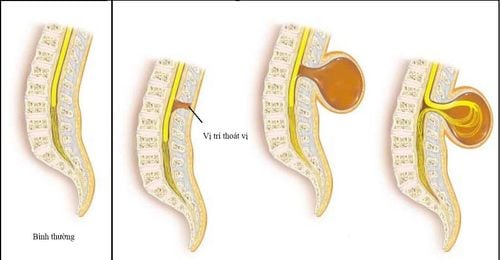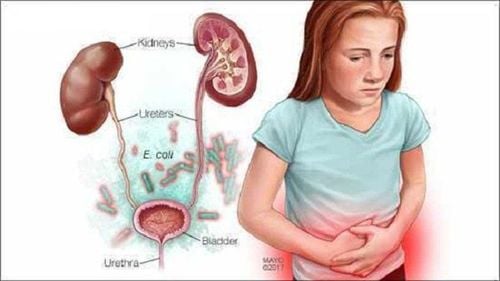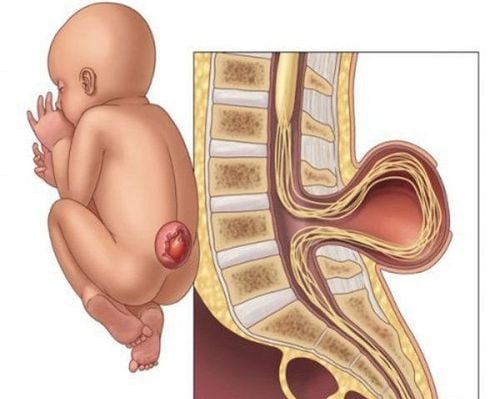This is an automatically translated article.
Nerve root cyst disease, also known as tarlov cyst disease, can cause many symptoms that make patients tired, uncomfortable, reduce work performance and significantly affect quality of life. Untimely treatment of tarlov cysts can cause some dangerous complications for the patient.1. What is a radiculopathy (tarlov cyst)?
Nerve root cysts or tarlov cysts are cysts filled with cerebrospinal fluid around the nerve roots, most commonly in the sacral region, at the end of the spine. Tarlov cysts appear along the posterior nerve roots, may be valvular or nonvalvular, may have one or more cysts. The cyst wall contains fibrous fibers of the spinal nerve roots, which distinguish the tarlov cyst from other cystic lesions of the spinal cord.Tarlov cysts are usually small and asymptomatic, the prevalence of tarlov cysts is 5-9% of the population. Very rarely, large cysts cause symptoms. The disease occurs more often in women than in men, concentrated in the 31-60 age group. In addition to spinal tarlov cysts, cysts can appear in other parts of the body such as the abdomen, hands, and wrists.
The cause of tarlov cysts is currently unknown. Some theories suggest that the inflammatory process, trauma to the nerve root sheath causes the cerebrospinal fluid to leak into the surrounding areas to form cysts. Cysts contain cerebrospinal fluid, so fluctuations in CSF pressure can increase the size of the cyst and develop symptoms. Patients with tarlov cysts are asymptomatic and may develop symptoms after an accident, fall, or activities that increase CSF pressure, such as lifting heavy objects or doing strenuous work.
2. Symptoms of tarlov cysts
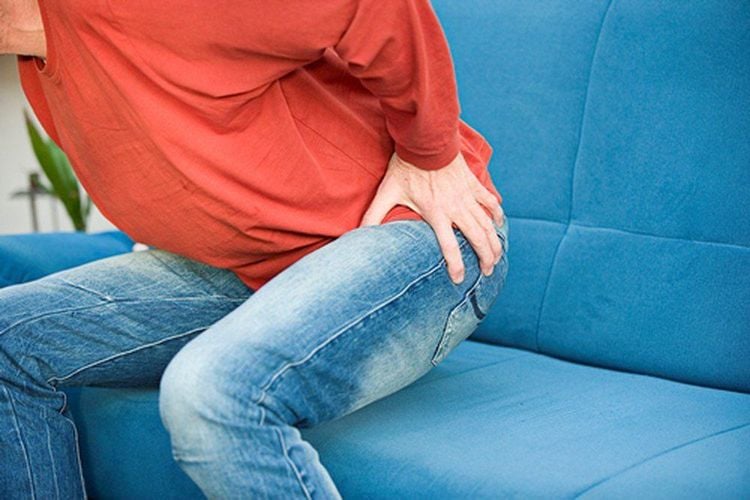
Triệu chứng thường gặp nhất của bệnh nang tarlov có triệu chứng là đau mạn tính, nang ở vùng thắt lưng-xương
The most common symptom of symptomatic tarlov cyst is chronic pain, cysts in the lumbar-sacral region causing low back pain below the waist, radiating to the buttocks and lower legs. If the cyst in the spinal cord is high, pain can also occur in the upper back, armpits, arms, and hands. Sitting, standing, walking, and bending all cause pain. The only pain-relieving position is lying on one side.
Patients with tarlov cysts may also experience one or more of the following symptoms:
Pain in the buttocks, difficulty sitting for long periods of time Muscle weakness Loss of sensation in the skin Loss of reflexes in the anal and genital areas Gastrointestinal disorders such as constipation Bladder dysfunction such as urinary frequency, urinary incontinence Sexual dysfunction Symptoms of patients with tarlov cysts can be very variable, may flare up and then subside. In addition to the symptoms mentioned above, in the literature there are also some other symptoms such as chronic headache, increased pressure behind the eyes, decreased vision, dizziness, dizziness, thinning of the spine under the cyst. gradually, foot drop (dragging the foot while walking because of muscle weakness in the heel and foot when walking).
3. Diagnosis of Tarlov cyst
Tarlov cyst disease is often difficult to diagnose because the symptoms are similar to some diseases such as: meningeal hernia, meningeal diverticulum, neurofibromatosis, arachnoid cyst, schwann cell tumor,...Tarlov cyst can be detected by the following imaging techniques:
Magnetic Resonance Imaging (MRI) CT myelogram (CT scan with intramedullary pump) When a patient has bladder problems, to check for Tarlov cysts methods cannot be used: Study urodynamics by filling the bladder with water through a catheter and recording bladder responses. Cystoscopy is a technique where a small camera is inserted into the bladder through the urethra. Kidney ultrasound to check for urine back up into the kidney
4. Treatment of tarlov cysts
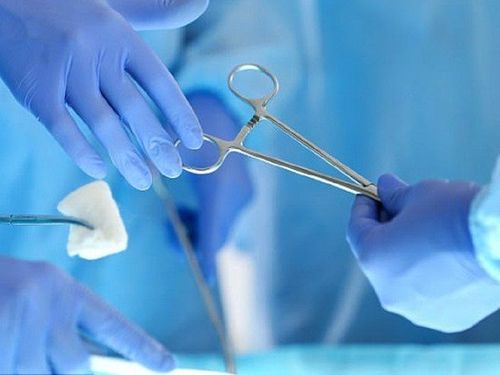
Có thể điều trị nang tarlov bằng phương pháp phẫu thuật
4.2 Surgical Treatment of Tarlov Cysts The Tarlov cyst is surgically treated by exposing the spine area where the cyst is located, cutting open the cyst, draining the cyst, and then filling it with bio-glue or other substances to prevent recurrence.
Other surgical approaches include:
Microsurgical decompression, prevention of recurrence with clip clips or pedicle sutures Cystectomy and/and nerve root resection Simple decompressive spinal discectomy Open surgery Microsurgery and grafting CSF leak is the most common postoperative complication, the patient will be instructed to lie in bed with the foot of the bed elevated and wear a brace to reduce swelling. Most of the patients after surgery, the symptoms improved, the pain was significantly reduced, but there were also cases where the symptoms did not improve after surgery, there were even cases where the patient's symptoms increased or the symptoms appeared. new symptoms.
When treatments fail, the patient should accept a way of living with the disease, use controlled pain relief regimens, and change some habits in living and working according to the needs of the patient. doctor's instructions. Adapting to the disease, sharing difficulties to receive support from family and co-morbid groups, a cheerful and optimistic spirit will significantly improve the patient's quality of life.
Vinmec International General Hospital is one of the hospitals that not only ensures professional quality with a team of leading medical doctors, modern equipment and technology, but also stands out for its examination and consultation services. comprehensive and professional medical consultation and treatment; civilized, polite, safe and sterile medical examination and treatment space.
Please dial HOTLINE for more information or register for an appointment HERE. Download MyVinmec app to make appointments faster and to manage your bookings easily.




